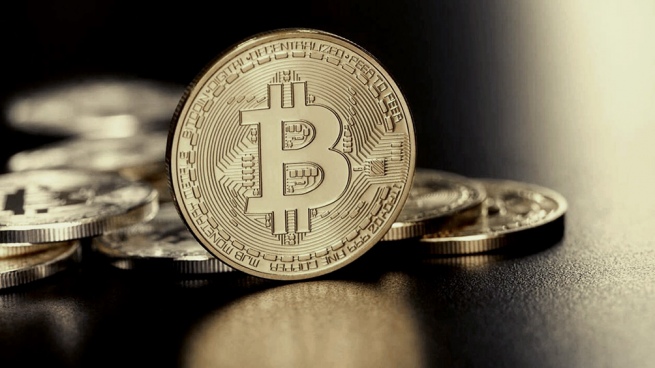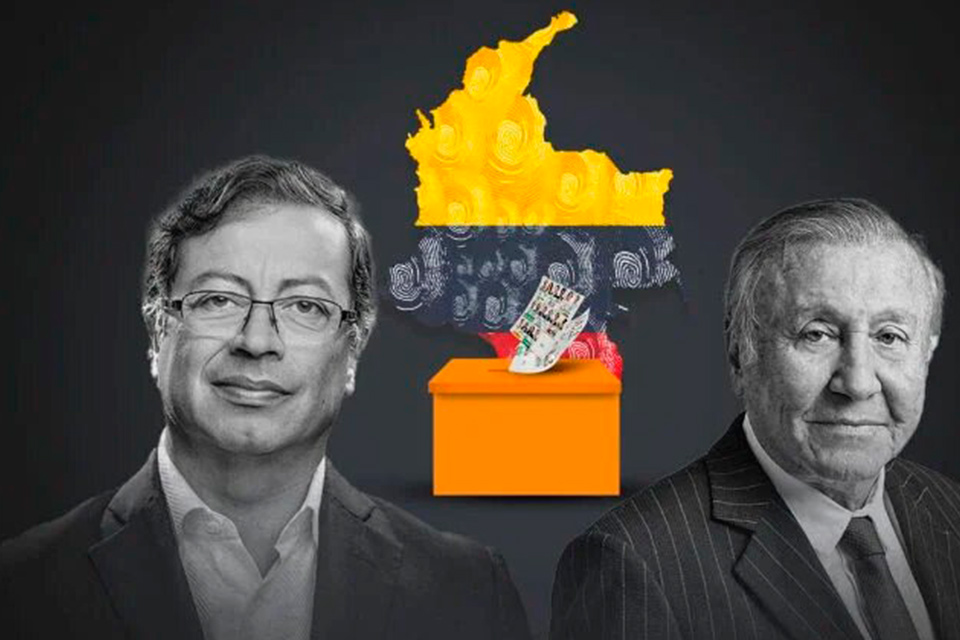The collapse of almost 75% in the price of Bitcoin (BTC) in the last eight months -and 40% in the last week- highlighted the fragility of the crypto market in the face of adverse changes in the global macroeconomic scenario, the existence of a unsustainable indebtedness and excessive speculation in many of its assets, which have led to billions of dollars being lost in recent weeks.
This Saturday, BTC was sold at US $ 17,600, far from the almost US $ 69,000 at which it was listed in November of last year and even of the US $ 40,000 at which it was sold until mid-April, according to data from the CoinMarketCap portal.
The most relevant data is seen in the market capitalization of cryptocurrencies (the sum of the value of all cryptographic assets): from 3 trillion dollars that it was worth in November 2021, it fell to less than 800,000 million dollars this end of week.
This means that close to 2.2 trillion dollars were lost or left the market in just eight months, more than 70% of the total money invested there.
The answer to the reason for this phenomenon could be synthesized in three factors: a change in the global macroeconomic scenario, the over-indebtedness of the market and excessive speculation in projects with little support.
The Federal Reserve (FED) of the United States this year abandoned its 0% interest policy -promoted as a response to the Covid crisis- and announced a rate hike to 1.75% -the steepest in 40 years- to curb runaway inflation.
This caused a sudden stop to “cheap money” in the world and to the greed of many investors, who had bet on extraordinary profits with cryptocurrencies.
“We are facing a very, very abrupt change in the global financial context that we have not seen since 2008 at a global level. It is the real consequence within the markets of what the post-Covid world is, reinforced by the Russia-Ukraine effect. Although, Without a doubt, there are factors that are intrinsic to the crypto world,” Ignacio Carballo, professor, researcher and consultant of “crypto and alternative finance” at American Market Intelligence (AMI) in the United States, explained to Télam.
In that sense, Carballo pointed out that in 2021 there had been a boom in the prices of many areas of the crypto industry such as NTFs (Non-Fungible Tokens), which are used as a way to sell art, as well as as in other areas of sports or online games “that only showed the tip of the iceberg”.
“These are areas that were valued without even being able to demonstrate genuine use cases, as if they had a use case that was absolutely tested and, really, it was not like that,” he explained.
Therefore, when the money stopped flowing to these projects, the absence of a real demand caused the collapse of many of them.
On the other hand, while it is true that cryptocurrencies are famous for their wild price swings – in the last crash, which started in early 2018 and lasted about two and a half years, the price of BTC went from US$19,000 to US$ $3,500 (-85%) -, the collapse of projects with a large market volume has brought into debate the fragility of the system in recent weeks.
The strongest was the one that happened with Terra, one of the most important ecosystems in the crypto marketwhich included a native token (Luna) and a stable coin or stablecoin (UST) that, together, reached a value of more than US $ 60,000 million but, in early May, disappeared completely due to their own failures.
Since then, panic seized a large portion of investors, who began to question whether it was possible that other stablecoins would also lose their parity with the dollar and whether many of them might disappear.
That’s when the second factor came into play, the “over-leveraging” (indebtedness) of the market from collateralized loans in the crypto market.
To understand it in a simple way: in the crypto market there are loan protocols that allow, for example, to take a loan for US $ 100 in stablecoins in exchange for leaving another cryptocurrency as backup –usually Bitcoin or Ethereumalthough there are other forms of support – worth at least $150.
This system means that, when the price of the currency that backs the loan falls below the minimum price set in the contract, it is automatically sold on the market to collect that debt.
The combination of a fearful sell-off among investors, added to sales triggered by liquidation of collateralized loansexplains why the prices of the main cryptocurrencies reacted in an exacerbated way in recent weeks.
However, there are analysts who consider that this is just another “cleaning” of the market, which occurs whenever the price of BTC falls cyclically.
“As the years go by, the market gains confidence. Every time there were these drops in the price of Bitcoin, it happened with higher lows. That’s because, beyond the fact that many sell and leave the market in fear, there are a larger portion of people who over time stay and trust in the value,” he assured Télam Rodolfo Andraganes, co-founder and President of the NGO Bitcoin Argentina.
For Andraganes, there is an error in considering “that crypto is all one thing, and that Bitcoin and any other currency is the same and that everything has the same value.”
“This has to do with education and they don’t know what makes it sustainable in bad scenarios. But, beyond these crises, Bitcoin continues to deliver on the promises it made“, he assured, referring to its limited and decentralized issuance, non-confiscation, traceability of operations and ease of transfer to the whole world.
“Each of the crashes naturally built resilience into the system, a purge of projects, and a learning of what works and what doesn’t. It is clearly a risky ecosystem, which is being built. But you have to want to understand what Bitcoin is, what its characteristics are and what differentiates it from other tokens,” he concluded.








